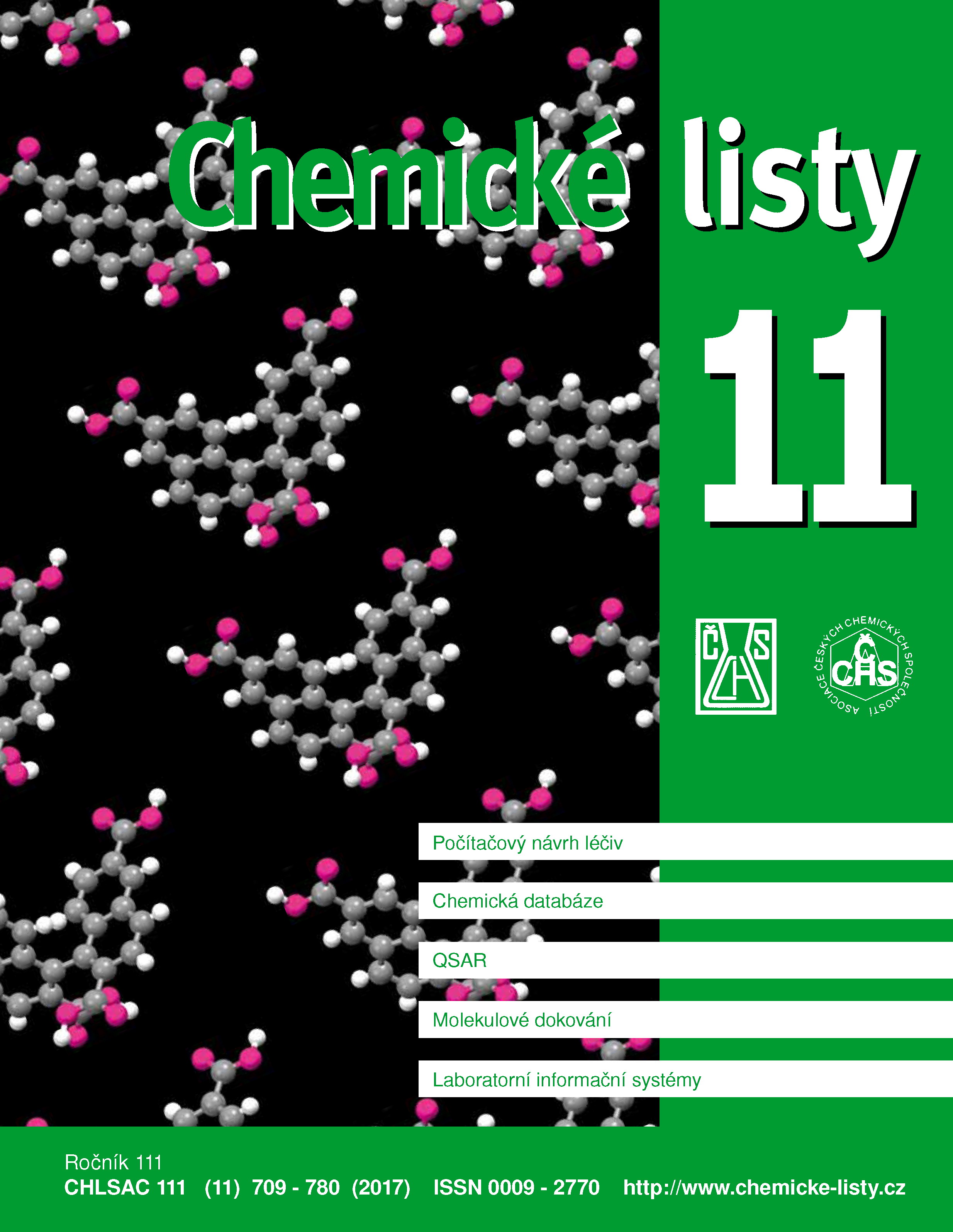QSAR – Modelling of Quantitative Relations between Structure and Activity of Chemical Compounds
Keywords:
QSAR, biological activity modelling, data mining, virtual screening, applicability domain, conformal predictionAbstract
Quantitative structure–activity relationship (QSAR) modelling is one of the most popular techniques of virtual screening used to predict the activity of a compound toward a biological target. While QSAR classification models are able to predict whether a compound is active or inactive (class) toward a target, regression models try to predict its exact activity value. To find the relationship between the structure and activity of a compound, common machine learning methods are employed (e.g., Support Vector Machines, Random Forest, Neural Networks etc.) together with diverse types of compound descriptors (e.g., physico-chemical properties, structural keys, binary fingerprints etc.). QSAR models are generally very fast and, when a correct approach to their validation and applicability domain setting is used, also reliable. They became a common part of computational drug design workflows employed to detect new drug candidates, elucidate their side/adverse effects or assess their potential toxicity risks.





